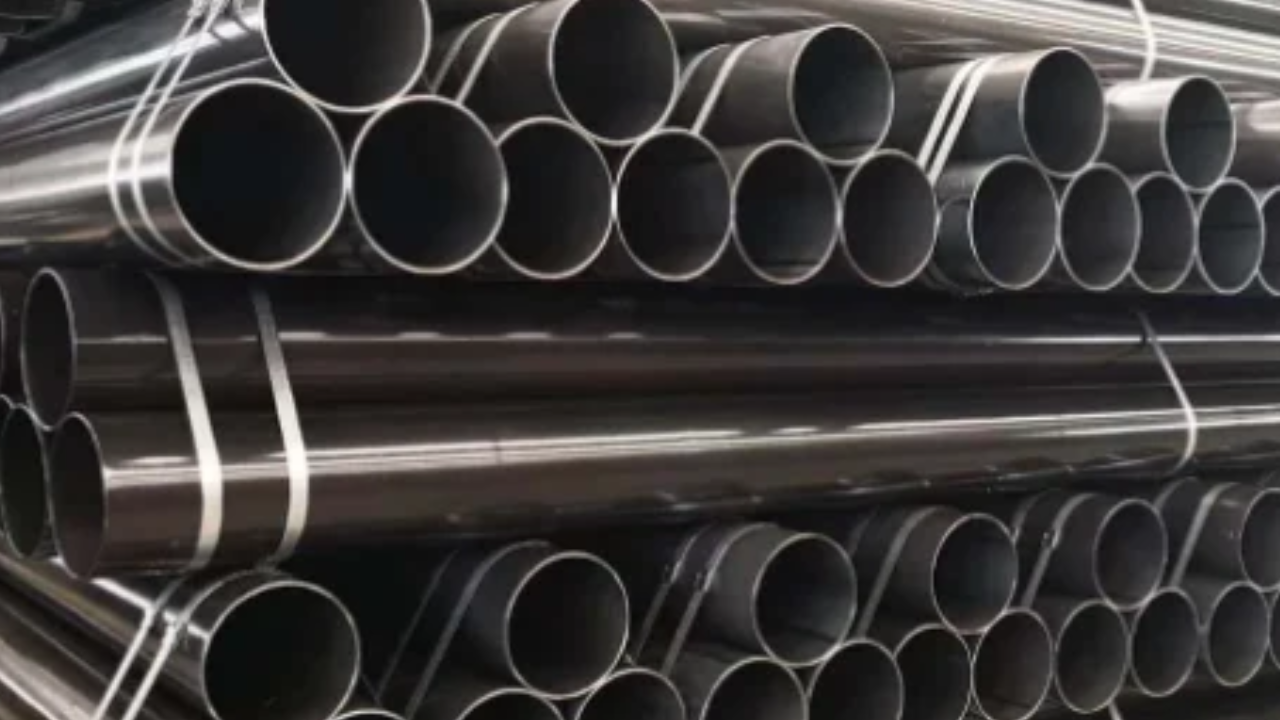When selecting materials for the generation of Plan 20 steel channels, a few basic variables are considered to guarantee unwavering quality and cost-effectiveness. The expected application decides the material's reasonableness, such as water frameworks or fire assurance. Natural conditions, counting presentation to dampness or chemicals, impact the requirement for corrosion-resistant materials.
Mechanical prerequisites like malleable quality and ductility guarantee the channels can withstand weight and stretch. Industry benchmarks, such as ASTM and ANSI, administer material determinations to meet security and execution rules. By assessing these components, Schedule 20 Steel Pipe( Technical Specifications/Standards), producers can select suitable materials to deliver high-quality, effective channeling frameworks.
Optimizing Execution and Cost with the right Material Choice
Selecting the proper material for Schedule 20 steel pipes is key to adjusting execution and cost. Carbon steel, with its quality, ductility, and affordability, is frequently the ideal choice for low-pressure applications, guaranteeing strength while minimizing expenses, making it a cost-effective arrangement for different businesses.
Water and Plumbing Systems
For water conveyance and plumbing applications, the material must be safe from erosion and able to take care of direct weight. Carbon steel, frequently coated or galvanized, is commonly utilized in these systems due to its strength and cost-effectiveness.
Fire Security Systems
In fire protection systems, the material must be able to resist introduction to water, fire suppressants, and shifting temperatures. For these applications, carbon steel channels with a galvanized coating are favored to prevent rust and guarantee a life span.
Ventilation and Discuss Ducts
For discussion and ventilation systems, the channels don't require high-weight resistance but must be lightweight and simple to introduce. The material choice here leans toward standard carbon steel or galvanized steel, which gives satisfactory durability without excessive weight.
Exposure to Moisture
In situations with high moisture levels, such as coastal ranges or underground establishments, erosion becomes a major concern. To neutralize this, materials like galvanized steel, which incorporates a defensive zinc coating, or pipes treated with anti-corrosive coatings are chosen to amplify the life of the piping system.
Chemical Exposure
In mechanical applications where pipes may come into contact with chemicals or destructive substances, the material must be chosen for its resistance to chemical debasement. Carbon steel with specific coatings or medications can offer protection, but in exceedingly destructive situations, elective materials like stainless steel or coated combinations may be necessary.
Temperature Fluctuations
Extraordinary temperatures, whether hot or cold, can influence the material's judgment. In high-temperature situations, the fabric must be able to resist extension and contraction without losing auxiliary quality. For low-temperature or solidifying conditions, materials that resist brittleness, such as certain grades of carbon steel, are favored.
Tensile Quality
Tensile quality refers to the material's capacity to resist pressure without breaking. For Schedule 20 pipes, carbon steel is regularly chosen since it gives adequate pliable quality for low-pressure frameworks while remaining cost-effective.
Ductility
Ductility is the capacity of the material to deform without breaking. This is critical in piping systems that may experience shifts within the ground, temperature-induced development, or vibrations. Carbon steel, with its inalienable ductility, is a common choice for Schedule 20 pipes, because it permits some adaptability without compromising the pipe's basic integrity.
Wall Thickness and Weight
This makes the channels lighter and simpler to introduce but moreover implies that the material ought to be solid sufficient to preserve execution at diminished thickness. Carbon steel is once more an appropriate fabric since it equalizations quality with a moderately lean divider profile.
ASTM A53/A53M
This standard covers determinations for carbon steel channels, sketching out necessities for chemical composition, mechanical properties, and measurements. Pipes created beneath this standard are reasonable for low-pressure applications, making carbon steel a visit choice for Schedule 20 pipes.
ASTM A795
This standard is particularly for steel pipes utilized in fire security frameworks, which regularly require galvanized coatings to stand up to erosion. Taking after this standard guarantees that the pipes meet the security and solidness necessities for fire concealment applications.
ANSI Guidelines
ANSI measures give extra rules for the measurements and resiliences of steel pipes, guaranteeing consistency in measure and compatibility with other components in piping frameworks. Compliance with these benchmarks is non-negotiable, and they frequently manage the particular grades and medicines of materials utilized within the generation of Schedule 20 steel pipes.
Cost Contemplations
Finally, cost is a key figure in deciding the material choice for Schedule 20 steel pipes. Whereas carbon steel is for the most part more affordable than other materials like stainless steel or amalgam steels, the total cost of the venture, counting establishment and support, must be considered. For low-pressure applications where the requests for the material are less extraordinary, carbon steel offers a cost-effective arrangement without compromising execution.
Conclusion
In summary, the material choice for Schedule 20 steel pipes is decided by a combination of components, counting the aiming application, natural conditions, mechanical necessities, adherence to industry guidelines, and fetched considerations. By carefully assessing these factors, producers can select the foremost suitable materials to deliver dependable, proficient, and cost-effective Schedule 20 steel pipes that meet the particular needs of their applications.


